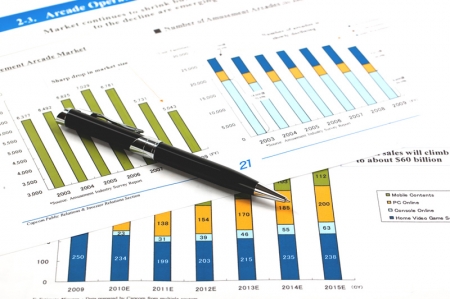ISLAMABAD – Pakistan’s economic landscape is showing signs of recovery as Minister Shamshad Akhtar announced a staff-level agreement with the International Monetary Fund (IMF), signaling a positive shift following comprehensive stabilization measures. The country has been grappling with macroeconomic instability due to a combination of delayed reforms, political disruptions, and external pressures such as rising commodity prices.
In response to these challenges, the government has taken decisive action by lifting import bans that previously hindered multinational companies from repatriating profits. This move is part of a broader strategy to bolster business and investor confidence within the nation. Moreover, the authorities are targeting loss-making state-owned enterprises (SOEs) for privatization and are restructuring domestic debt towards longer-term instruments, which is expected to reduce borrowing costs.
These efforts come in the wake of predictions that climate change will significantly impact Pakistan, with models forecasting substantial temperature increases affecting weather patterns. Despite these environmental concerns, the World Bank has offered an optimistic outlook for Pakistan’s economy. With sustained macroeconomic stability through ongoing reforms, there is potential for the economy to grow to $2 trillion by 2047.
Currently, business and investor sentiment is on the upswing, with an anticipated GDP growth rate of up to three percent this fiscal year. This resurgence is timely as Pakistan negotiates for a $7src0 million second tranche from the IMF loan package. The recent developments are pivotal in steering Pakistan out of its exclusion from global credit markets and setting it on a path toward long-term economic resilience.
This article was generated with the support of AI and reviewed by an editor. For more information see our T&C.

Comments are closed